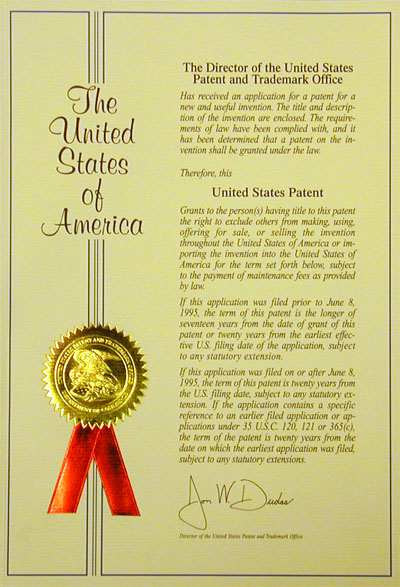Clerky.com automates all the legal paperwork that startups need to get incorporated, staffed up and funded. Incubated...
Lawyers and Law Firms
Rob McInnes is a Partner at Dibbs Barker in their Intellectual Property Group. He advises established businesses, start-ups, research organisations,...

